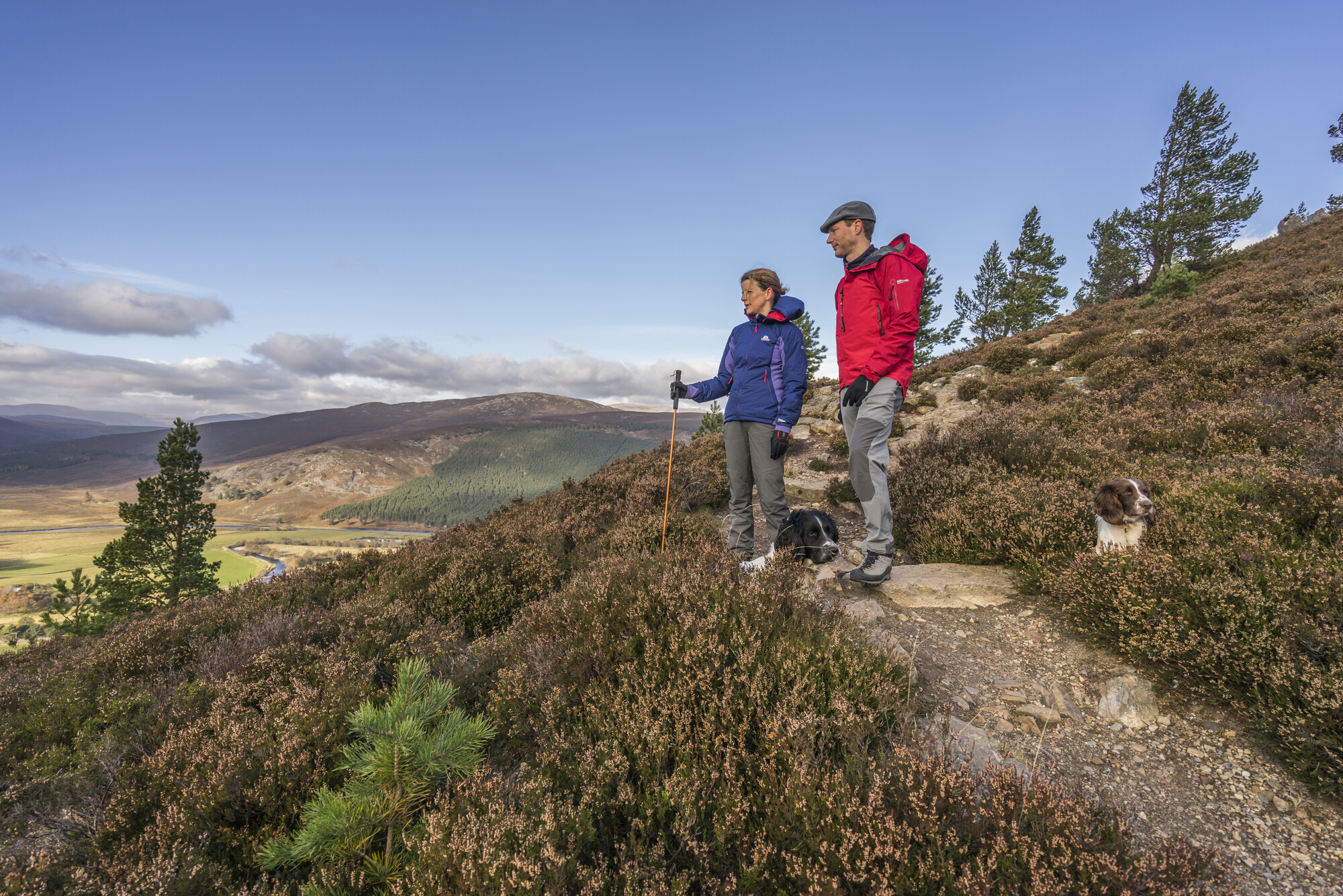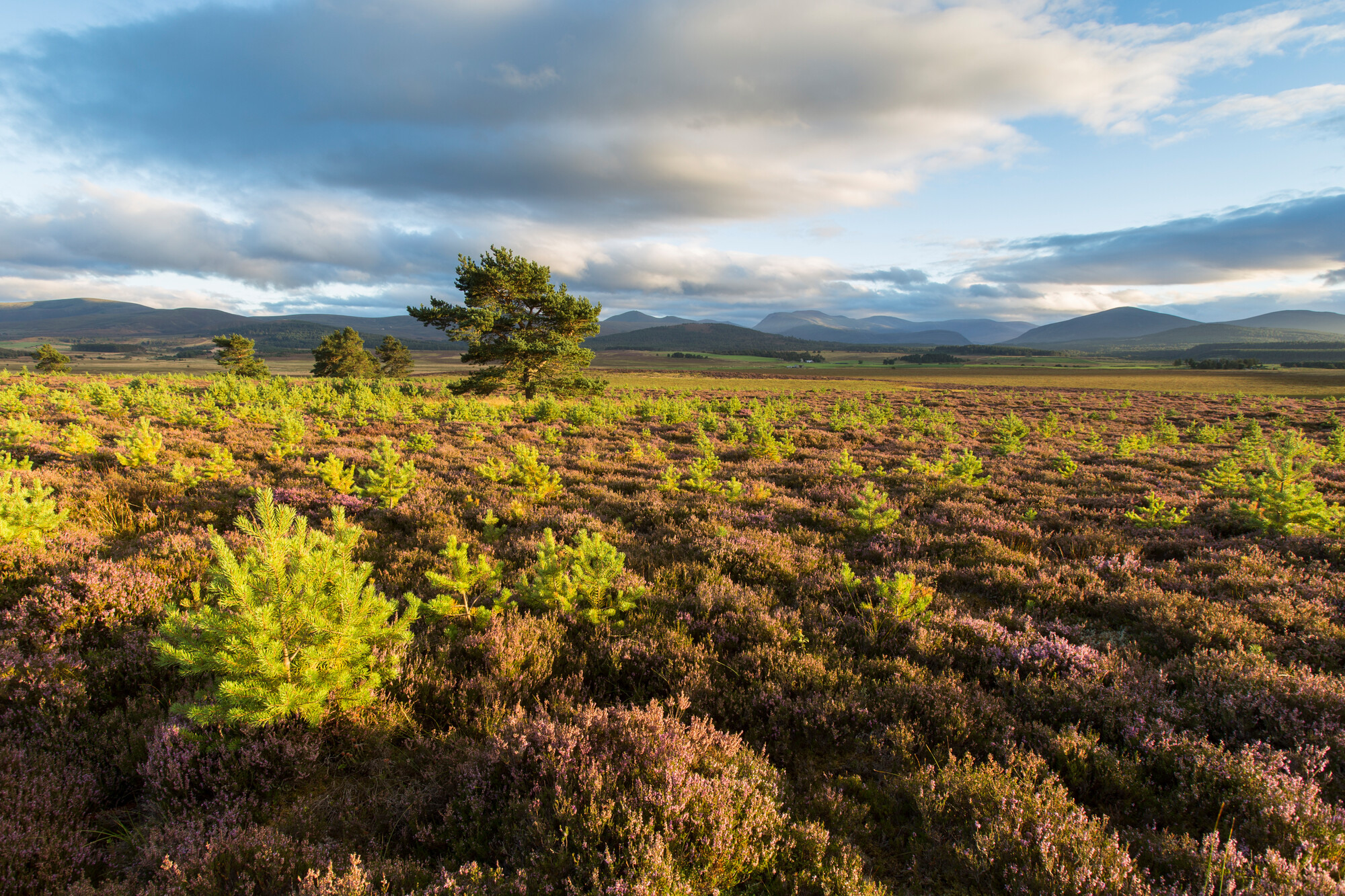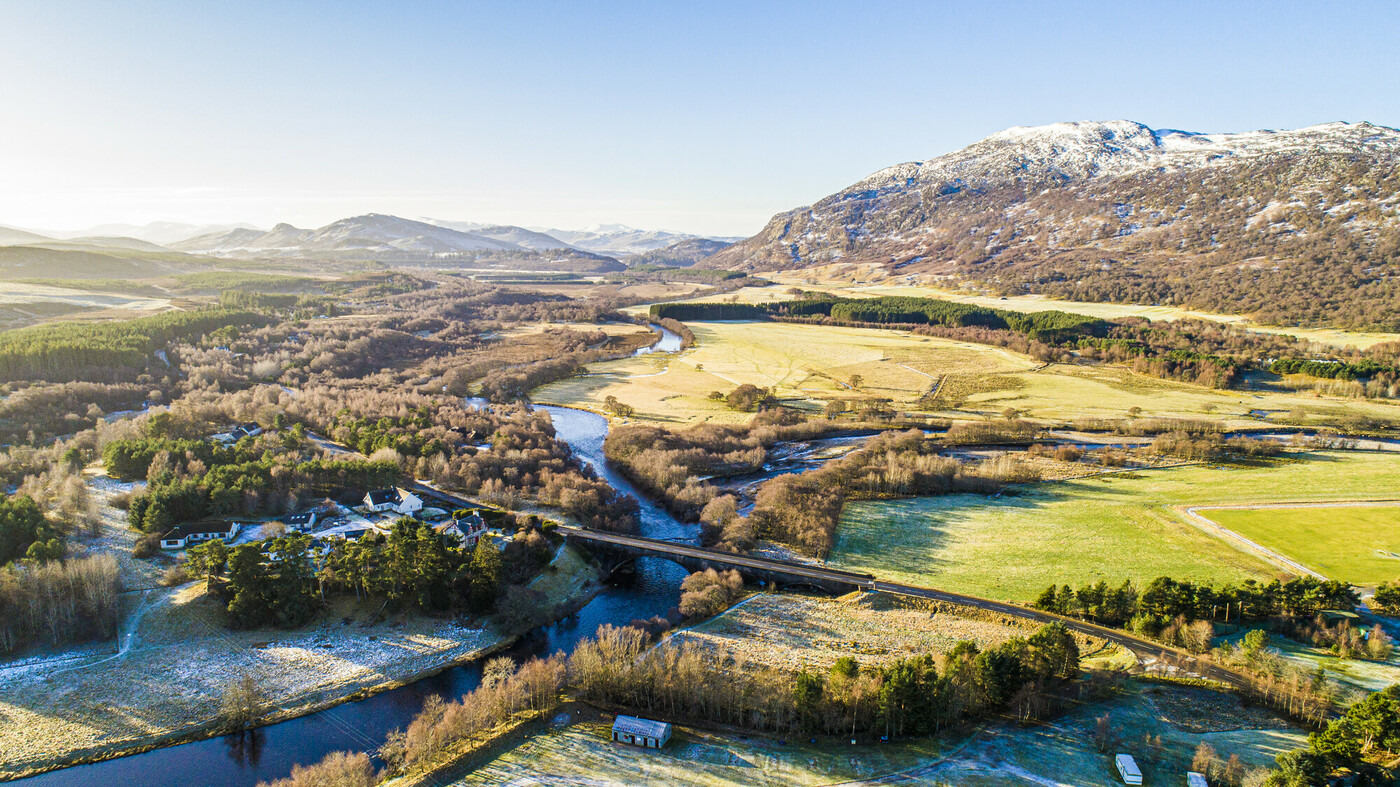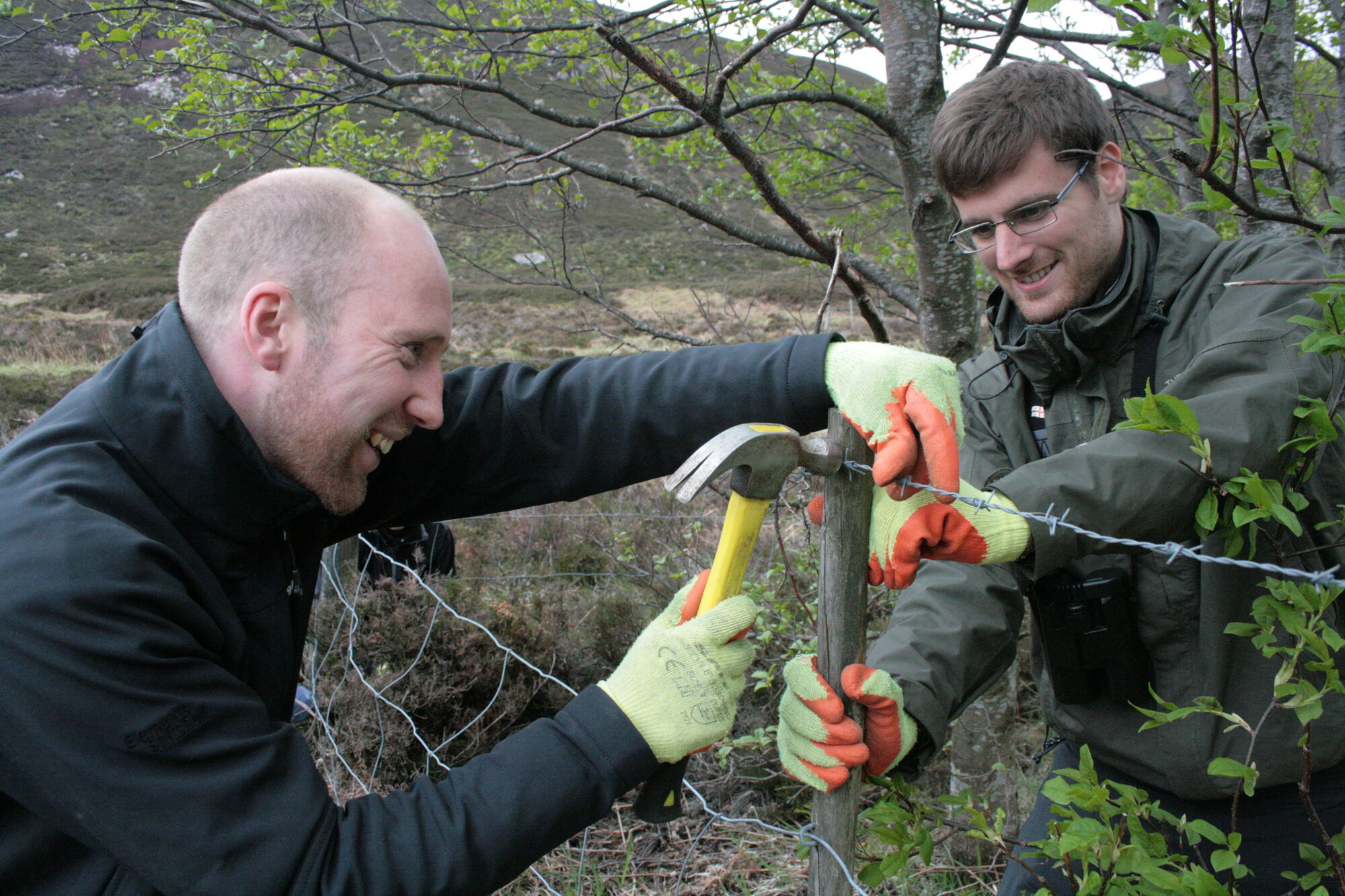Report finds Cairngorms National Park could reach net zero well ahead of target
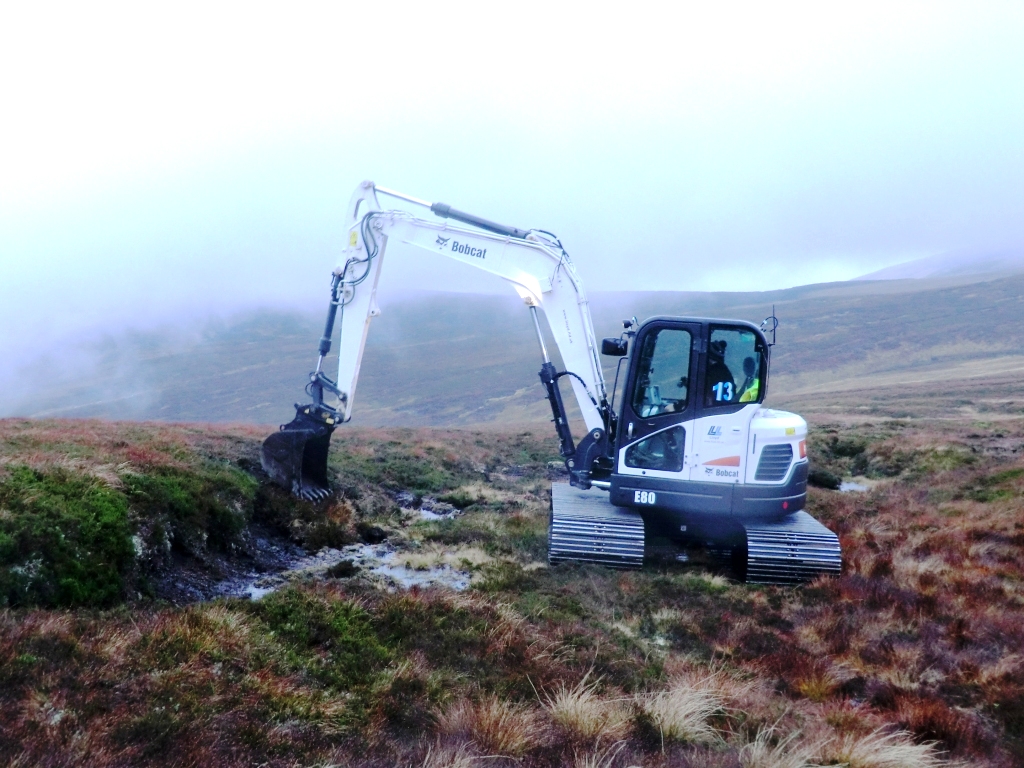
Report finds Cairngorms National Park could reach net zero well ahead of target
The Cairngorms National Park could be net zero within the next three years if it delivers on recently approved Cairngorms National Park Partnership Plan targets. The new report also shows that the National Park will continue to sequester significant amounts of carbon from 2025 onwards, helping Scotland and the UK meet their 2045 and 2050 targets.
Independent carbon accounting specialists, Small World Consulting, have been commissioned by all 15 UK national parks to produce detailed greenhouse gas emissions assessments. The report for the Cairngorms National Park shows that with fewer residents and visitors compared to other UK national parks, and far more capacity for carbon storage, the Cairngorms could reach net zero by 2025 following the targets set out in the Partnership Plan.
The report was presented to Park Authority Board members today (Friday 25 November). They were asked to consider the greenhouse gas emissions assessment for the National Park, noting the target scenario to reach net zero early, as well as the National Park’s proportionately greater capacity for carbon sequestration compared to other areas of the UK.
The climate crisis and the need to adapt to climate change and to reach net zero are
globally accepted priorities, guided by science, as such the Cairngorms National Park Partnership Plan and the ‘Heritage Horizons: Cairngorms 2030’ programme both set out clear targets to ensure that the Cairngorms National Park reaches net zero and then becomes carbon negative, contributing to helping Scotland meet its commitments.
The Partnership Plan includes specific commitments to create a minimum of 35,000 ha of new woodland cover by 2045, restore a minimum of 38,000 ha of peatland, work with farmers and other land managers to encourage sustainable land management, and ensure at least 50 per cent of the National Park is managed principally for ecological restoration by 2045.
Grant Moir, Chief Executive of the Cairngorms National Park Authority explained: “The positive carbon contribution that the Cairngorms National Park can make for Scotland in the future is a key element for us. National Parks have a significant role to play in tackling both the climate crisis and biodiversity loss and here in the Cairngorms we are meeting those challenges head on.
“The assessment indicates – based on certain assumptions around societal change and progress across all sectors – that net zero could be achieved by 2025 based on the targets set out in the Cairngorms National Park Partnership Plan.
“Then, in the years following, the Park would start to make a significant contribution to carbon storage for the entire country. Being the largest National Park in the UK, with significant areas of peatland that can be managed to prevent release of greenhouse gases as well as the considerable potential for woodland expansion, is an important factor as we aim for net zero.
“We need to continue to look at all issues including soil carbon, reducing transport emissions and energy use in the National Park. We must ensure that as we go on this journey beyond net-zero that we adhere to the principle of a just transition and make sure that the people of the Cairngorms benefit from these changes.”
Most greenhouse gasses emissions reporting is undertaken using a production-based methodology that takes account of all emissions that are directly produced within a geographic area. However, the Small World Consulting methodology is based on a consumption-based emissions model, which includes as complete a picture as possible of the climate impact of people’s lifestyles. This means that the indirect emissions that are embodied in goods and services consumed by residents and visitors within the National Park are also considered.
The report applies a scenario for reducing greenhouse gas emissions and scaling up carbon sequestrations based on national targets across multiple sectors of the economy and tied to the wide ranging land uses and land characteristics of the relevant national park.
The tailored targets for each area are then applied to show a hypothetical pathway to net zero and beyond. It combines ambitious reductions in emissions from energy, food, goods, visitor travel and from land use. The model assumes that all parts of society and relevant public bodies make the necessary changes required. The fact that land within the Cairngorms National Park can be managed to store carbon more effectively is central to the assessment.
Cairngorms National Park Authority Convener, Xander McDade said: “This assessment by Small World Consulting makes interesting reading and demonstrates the important role that the Cairngorms National Park has to play in helping the country to achieve net zero. The report also highlights many of the societal changes at a national and international level that are not within our control. We will rely on government putting in place the necessary tools to support those changes and for the relevant organisations to implement the changes within their control.
“The work we are already doing through the Park Plan and ‘Heritage Horizons: Cairngorms 2030’ – from peatland restoration and woodland expansion to active travel and future farming – will all help raise awareness and support the changes required to get to a low carbon future here in the Cairngorms and across the country.”
To read the board paper in full please go here.
NOTES
- For more information on Small World Consulting please go here: https://www.sw-consulting.co.uk/
- The Cairngorms National Park is one of five UK Parks to publish these assessments so far, with the Lake District leading the way having been working with Small World Consulting for the past decade. The South Downs, Yorkshire Dales and New Forest National Parks have also gone through the process. For comparison, the projected net zero date for the Yorkshire Dales National Park is 2033-2034; for the Lake District National Park is 2037; for the New Forest National Park it is 2041; and for the South Downs National Park it is 2044. The very different net zero dates reflect on large variations between the national parks in the scale and make-up of their present-day emissions and in their potential for carbon-sequestration through land-based measures. The recommended levels of ambition are equally high for all the landscapes.
- The report sets out that net zero could be achieved by 2024 in the Cairngorms National Park based on the consultants’ core scenario, which applies higher targets for peatland restoration and woodland expansion. The Park Authority and partners are guided by the targets set out in the Cairngorms National Partnership Plan, therefore making 2025 more realistically achievable.
- The estimates of industry-related emissions are relatively crude at this point in time because of the way that sectors are reported in business datasets and the geography of business addresses. However, the data is sufficiently robust for comparison with other areas and over time, with all the National Parks in the UK going through this process, providing a solid base-line to monitor progress in the future.
Latest from the National Park
Pulling together in wake of wildfires
An update from Park Authority Convener Sandy Bremner and Chief Executive Grant Moir on collective efforts to tackle wildfires in the National Park going forward.
Making a difference downstream
Reducing the impacts of droughts and high temperatures.
The Moorland Indicators of Climate Change Initiative
Set up by National Parks UK to encourage secondary pupils to carry out peatland monitoring in their local national parks.
